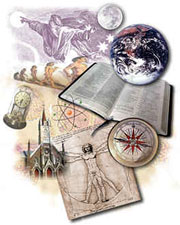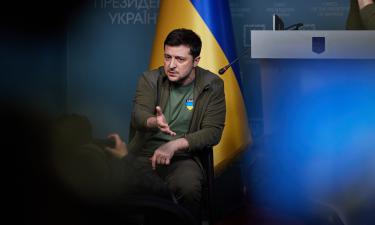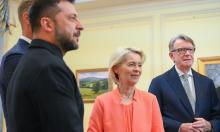John Paul II became the most technologically advanced Pope
 The news about the death of Pope John Paul II became the most frequently mentioned news item on the Internet
The news about the death of Pope John Paul II became the most frequently mentioned news item on the Internet
Reports about the loss of the head of the Catholic Church outnumbered news messages about the tsunami disaster, the war in Iraq and even about the 9/11 attacks. John Paul II thus became the most technologically advanced Pope. The Pope set a record in using transportation means, priests started using cellular phones. However, if a common person is asked a question about the role of the Church in world history, he or she will most likely name the process against Galileo Galilei and Giordano Bruno.
A lot of people believe that the Church has been following the progressive course for centuries. The Index of forbidden books, which was put into effect in 1571 included Descartes and Spinoza, Hobbes and Hume, Holbach and Helvetius, Voltaire and Rousseau, Lessing and Proudhon, writers and encyclopaedists. The Index was abolished only in 1966. When the world was on the verge of a technological revolution in 1864, the pope released one of the shameful documents in the history of the Church, Syllabus, the list of 80 major errors: freedom of science, socialism, rationalism, etc.
There were periods, when religious conscience was affecting science. The technological prosperity took place in the Christian world. The strict separation between the natural and man-made worlds started vanishing from the XVI century. Descartes, one of the founders of mechanics, was trying to prove that the behavior of the man-made world was identical to the one of the real world. Studying laws of nature is like examining clockwork: nature is presented as machina mundi, the machine made by the Creator.
Astronomy became an apple of discord for scientists and theologians. However, astronomy has become the science that assists most in the unification of religion and science nowadays. Astronomy's modern branch, cosmology – the science about the origin and structure of the world – affirms that the Universe appeared out of singularity, i.e. from the infinitely incandesce point of infinitesimal volume of infinitely large density. This theory is usually referred to as the Big Bang, which occurred about 14 billion years ago. Time did not exist before that moment. Both atheists and religious astronomers believe in the Bing Bang. It was Georges Lemaitre, a Belgian priest, an astronomer and the President of the Papal Academy of Sciences, who formulated the theory. The Big Bang coincides with the description of the Creation, as described in the Bible.
Pope John Paul II used to say that faith and reason take the spirit of man to the truth. The statement predetermined the Pope's attitude to science: John Paul II apologized on behalf of the Catholic Church for the persecution of Galileo Galilei and Darwin. The Pope did not condemn either the cosmological or the evolutionary concept. The Pope believed that religion was not supposed to challenge scientific discoveries. It is noteworthy that scientists may not know how to use their discoveries at times, although religion can suggest a way out of the situation. Cloning can serve one of the brightest examples of it.
The founder of quantum mechanics, Heisenberg, scathingly noted once that Galilei could not prove the Earth's rotation around the Sun, and the Church was right: haste does not come together with science. Giordano Bruno, the man, who gave rise to the theory of extraterrestrial civilizations, could not prove anything either.
Subscribe to Pravda.Ru Telegram channel, Facebook, RSS!




